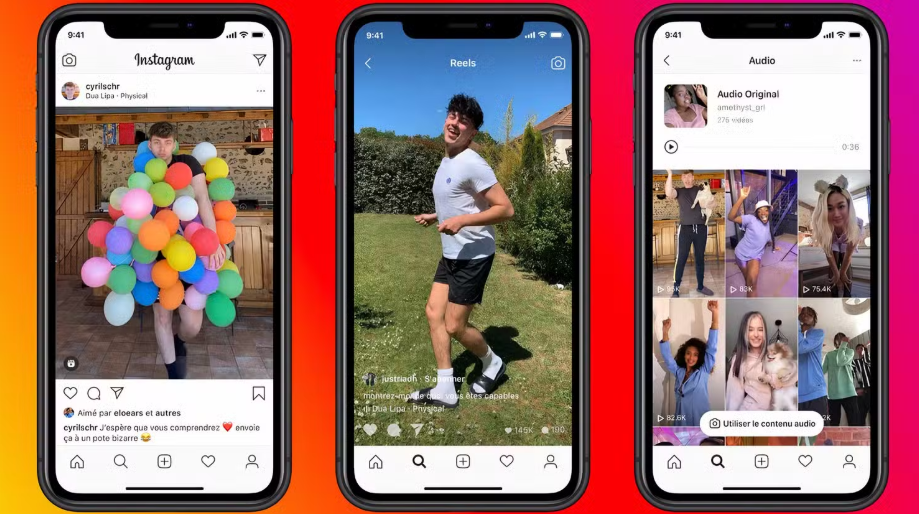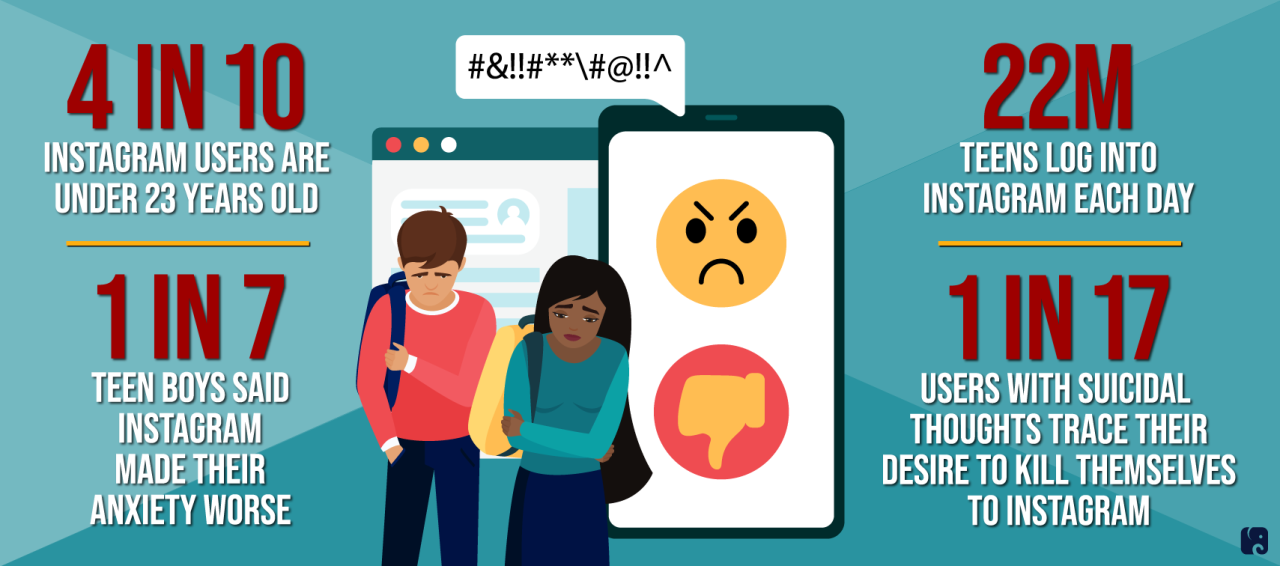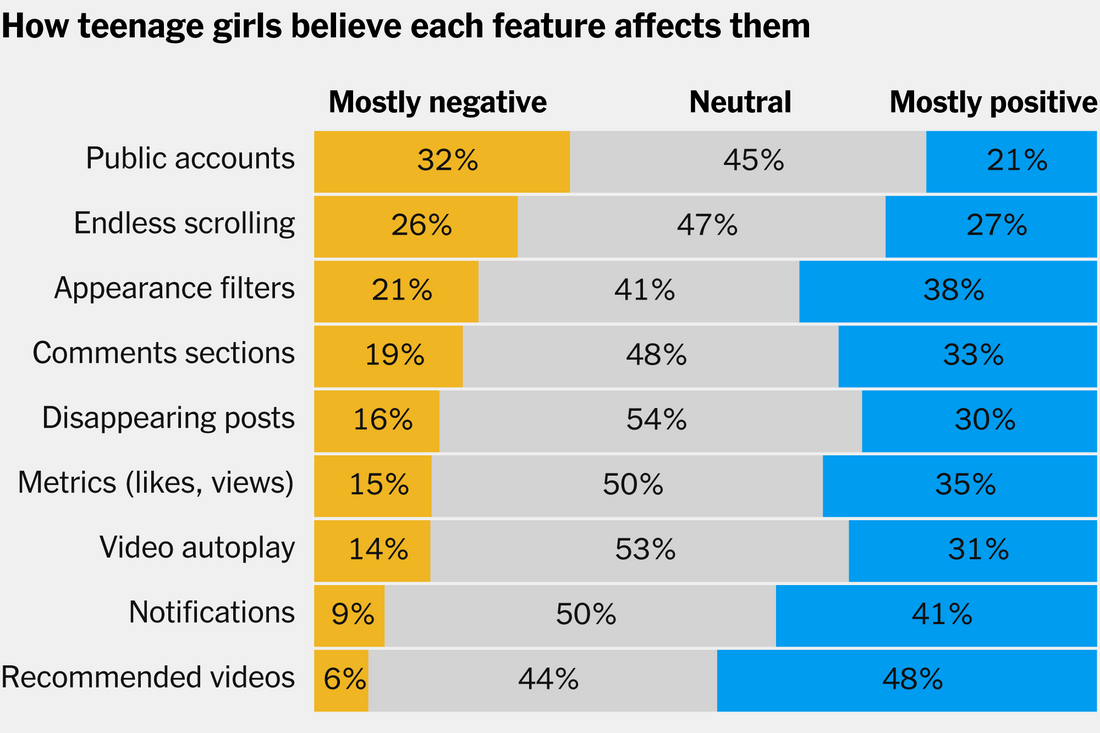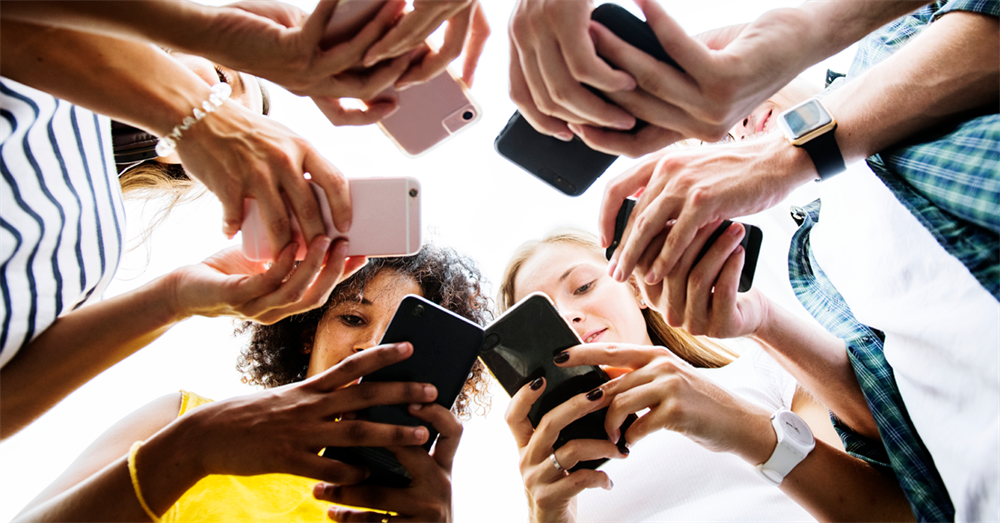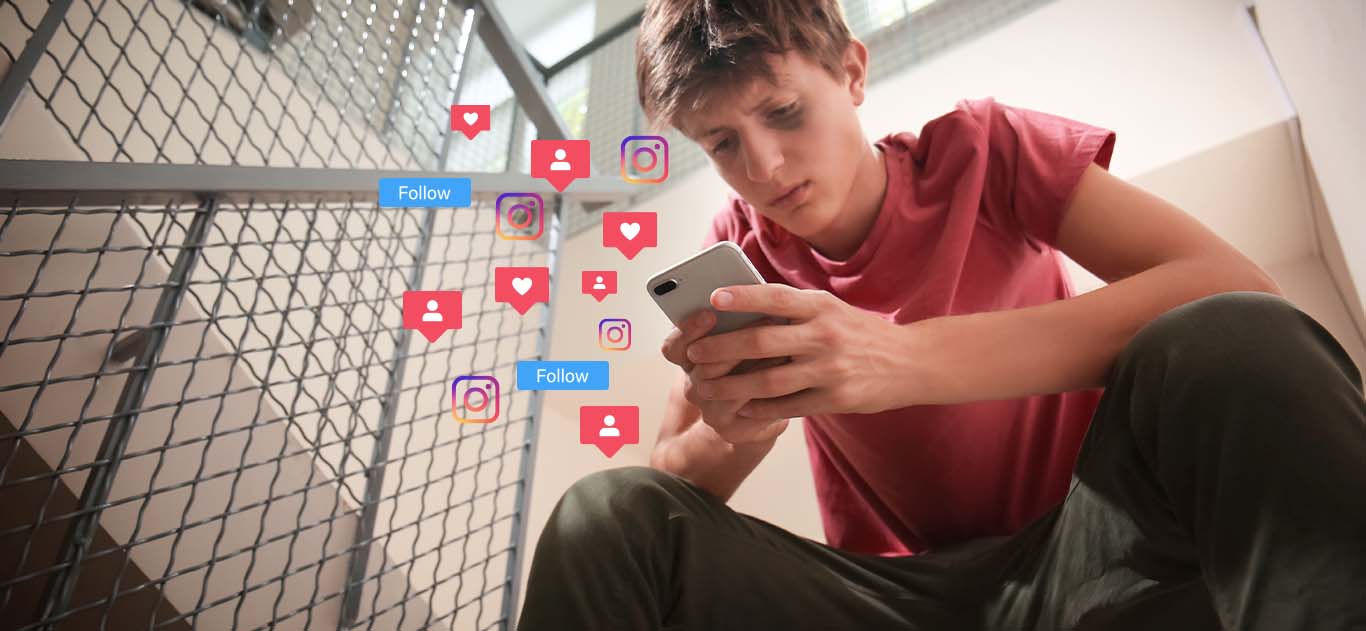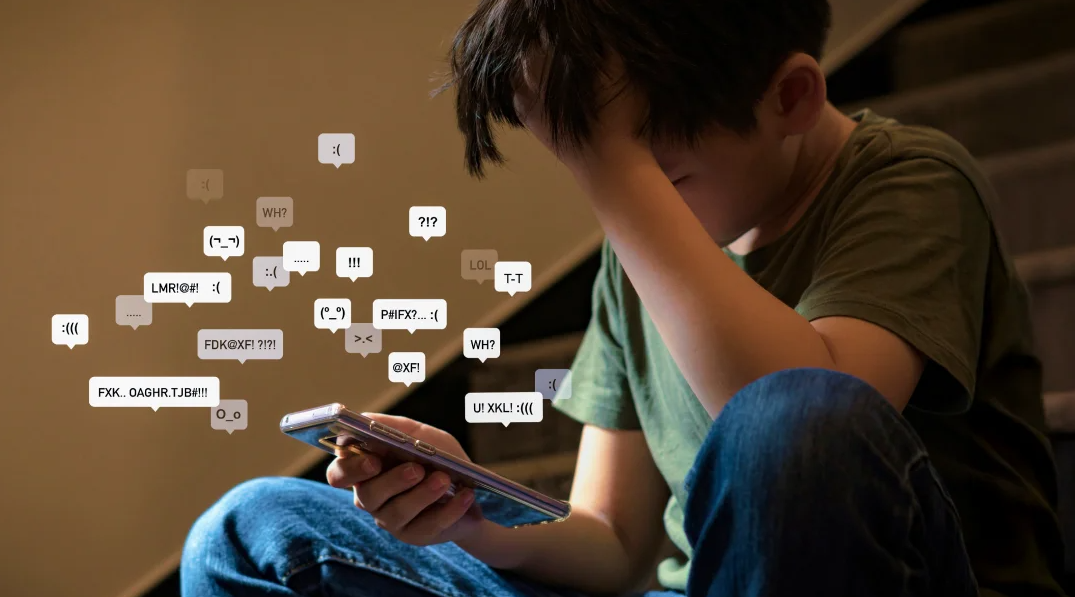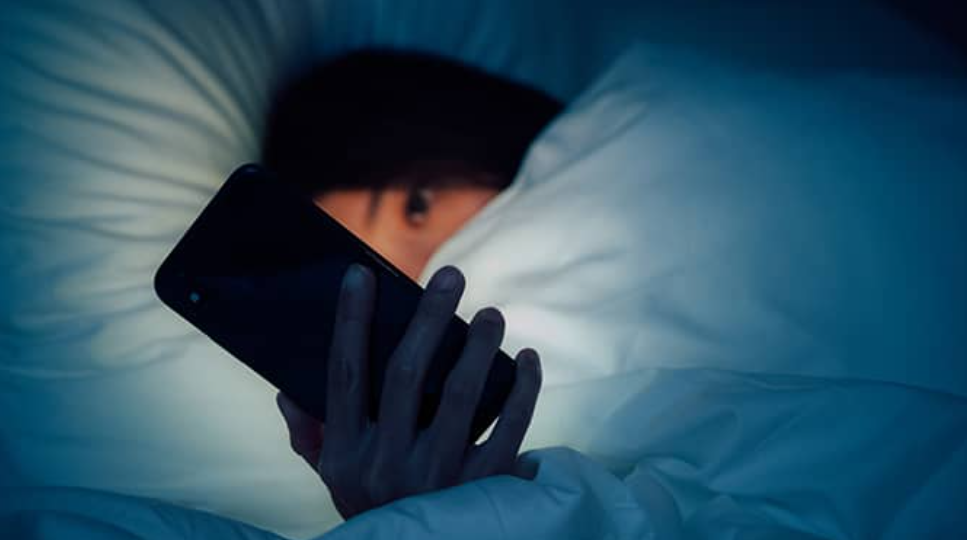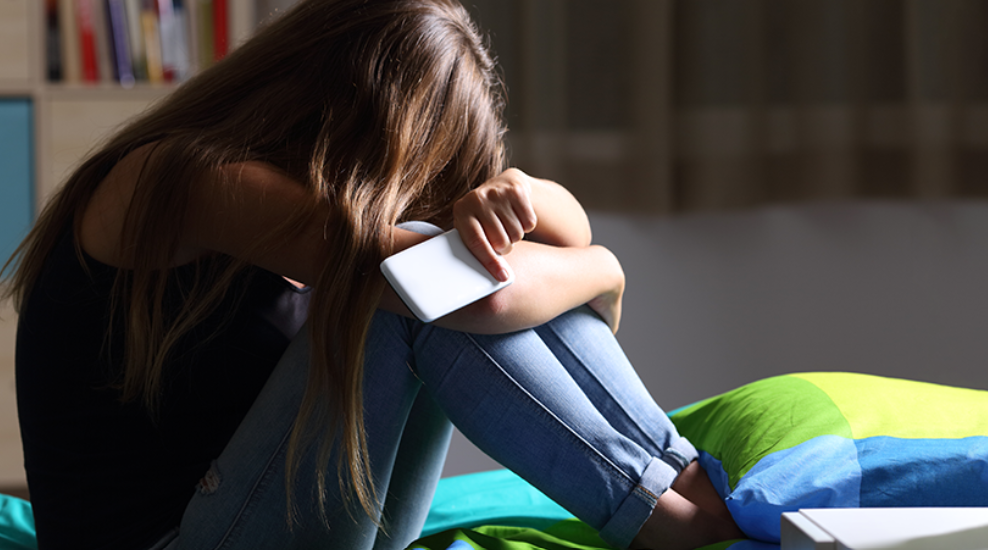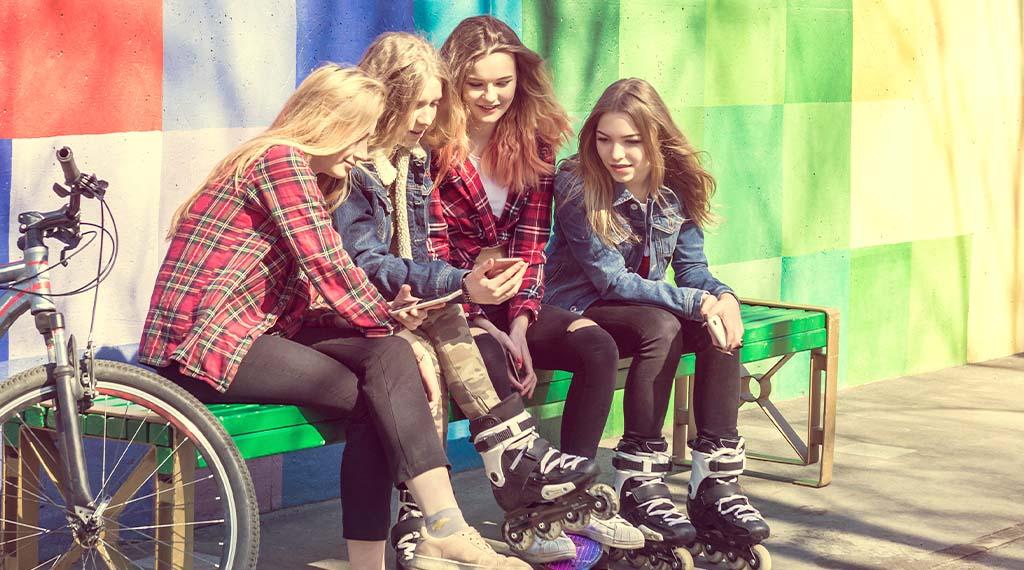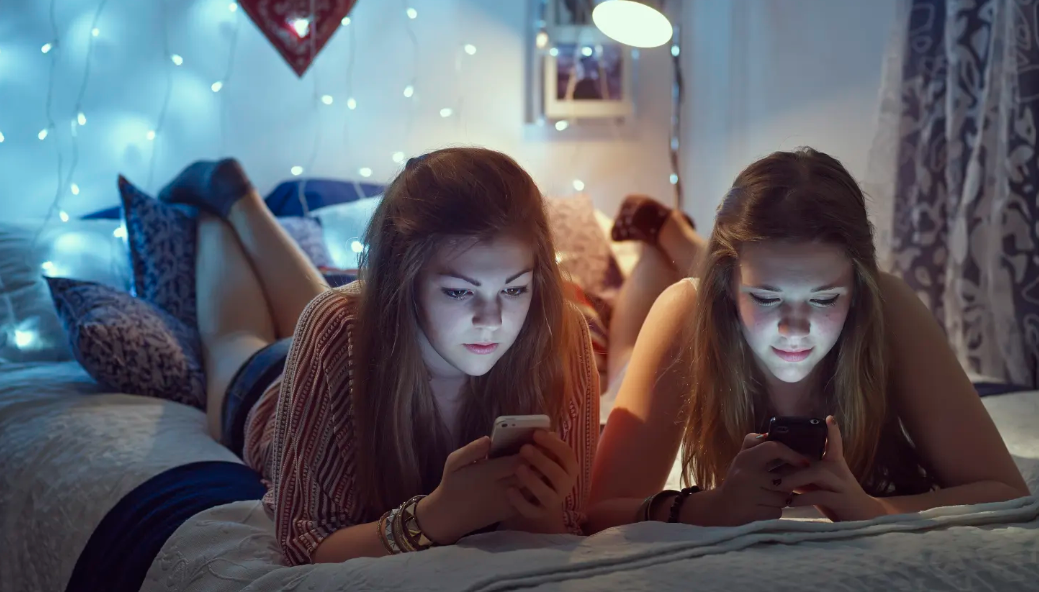02.08.2025
Instagram Teen Accounts: Just One Front In The Fight For Mental Health
It’s good news that Instagram has launched stricter controls for teen accounts, strengthening privacy settings for those under 18. Underage users’ accounts are now automatically set to private mode. The platform is also implementing tighter restrictions on the type of content teens can browse and blocking material deemed sensitive, such as posts related to cosmetic procedures or eating disorders amid rising concerns about how social media affects youth mental health. Anyone under 18 who signs up for Instagram or already has an account will be placed into a teen account, which will be private by default and have restrictions on what kinds of content users can view, according to Meta, the parent company of the social media app. The changes, come as Meta faces multiple lawsuits from states and school districts claiming that the company knowingly ignored the negative impact of its platforms on young people’s mental health. The announcement also arrives eight months after Meta said it was making it harder for teenagers to view content on its platforms that was related to self-harm, suicide, nudity, or eating disorders, even if it’s posted by someone they follow. The company at the time said those changes would be implemented on Instagram and Facebook within months. Teens will get notifications if they’re on Instagram for more than 60 minutes each day, and a “sleep mode” will be enabled that turns off notifications and sends auto-replies to direct messages from 10 p.m. to 7 a.m., Meta said. These settings will be turned on for all teens. Sixteen- and 17-year-olds will be able to turn them off, while kids under 16 will need their parents’ permission to do so. But many are skeptical of how effective these actions really will be. There’s still work Meta could do to curb “the most addictive” parts of the app, such as endless scrolling and videos that pop up and immediately begin playing one after another.
Credit: Brut.
Credit: Brut.
Poverty deprives people of adequate education, health care and of life's most basic necessities- safe living conditions (including clean air and clean drinking water) and an adequate food supply. The developed (industrialized) countries today account for roughly 20 percent of the world's population but control about 80 percent of the world's wealth.
Poverty and pollution seem to operate in a vicious cycle that, so far, has been hard to break. Even in the developed nations, the gap between the rich and the poor is evident in their respective social and environmental conditions.
Poverty and pollution seem to operate in a vicious cycle that, so far, has been hard to break. Even in the developed nations, the gap between the rich and the poor is evident in their respective social and environmental conditions.
